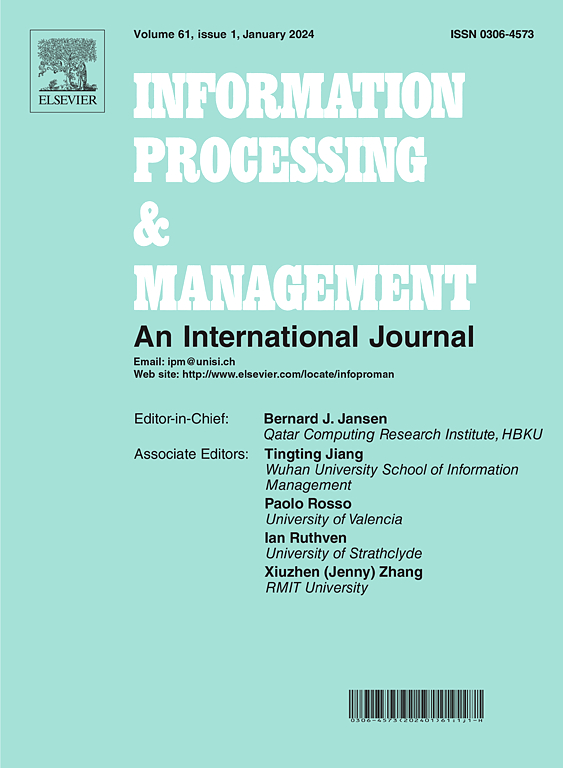基于大语言模型的生物医学文本自动摘要研究
IF 7.4
1区 管理学
Q1 COMPUTER SCIENCE, INFORMATION SYSTEMS
引用次数: 0
摘要
生物医学领域的自动文本摘要可以支持高效的文献筛选、医学知识管理和创新医学研究。近年来,大型语言模型(Large Language Models, LLMs)作为一种颠覆性的自然语言处理技术,在生物医学自动文本摘要(Automatic Text Summarization, BATS)中显示出巨大的潜力。该技术有助于更好地理解生物医学文本的术语,跟踪医疗热点,并生成个性化的诊断和治疗计划。本文深入探讨了bat的发展,以及法学硕士应用于生物医学自动文本摘要所带来的机遇和挑战。首先,回顾了BATS的发展历程,系统分析了传统的文本摘要、基于神经网络的摘要和基于llms的摘要。同时,详细介绍了各种法学硕士(如BERT和GPT系列)在三种类型bat中的应用,包括抽取型摘要、抽象型摘要和混合型摘要。接下来,介绍了相关数据集,如PubMed、COVID-19和MIMIC-Ⅲ。然后,介绍了BATS绩效评价的传统指标、新兴指标和辅助指标,并对不同模型的绩效评价进行了阐述。最后,描述了将llm应用于BATS所带来的机遇,并讨论了潜在的挑战以及相应的解决方案。本文章由计算机程序翻译,如有差异,请以英文原文为准。
A survey on biomedical automatic text summarization with large language models
Automatic text summarization in the biomedical field can support efficient literature screening, medical knowledge management, and innovative medical research. In recent years, Large Language Models (LLMs), as a disruptive technology in natural language processing, have shown great potential for Biomedical Automatic Text Summarization (BATS). This technology helps to better understand the terminology of biomedical texts, track medical hotspots, and generate personalized diagnoses and treatment plans. This paper provides an in-depth discussion on the development of BATS, and the opportunities as well as challenges brought by applying LLMs to biomedical automatic text summarization. Firstly, the development of BATS is reviewed, where traditional text summarization, neural network-based summarization, and LLMs-based summarization are analyzed systematically. Meanwhile, the applications of various LLMs (e.g., BERT and GPT series) in three types of BATS are presented in detail, including extractive summarization, abstractive summarization, and hybrid summarization. Next, the relevant datasets are introduced, such as PubMed, COVID-19 and MIMIC-Ⅲ. Then, traditional, emerging, and auxiliary metrics for evaluating the performance of BATS are shown, and the performance evaluation of different models is elaborated. Finally, the opportunities brought by applying LLMs to BATS are described, and the potential challenges along with the corresponding solutions are discussed.
求助全文
通过发布文献求助,成功后即可免费获取论文全文。
去求助
来源期刊

Information Processing & Management
工程技术-计算机:信息系统
CiteScore
17.00
自引率
11.60%
发文量
276
审稿时长
39 days
期刊介绍:
Information Processing and Management is dedicated to publishing cutting-edge original research at the convergence of computing and information science. Our scope encompasses theory, methods, and applications across various domains, including advertising, business, health, information science, information technology marketing, and social computing.
We aim to cater to the interests of both primary researchers and practitioners by offering an effective platform for the timely dissemination of advanced and topical issues in this interdisciplinary field. The journal places particular emphasis on original research articles, research survey articles, research method articles, and articles addressing critical applications of research. Join us in advancing knowledge and innovation at the intersection of computing and information science.
 求助内容:
求助内容: 应助结果提醒方式:
应助结果提醒方式:


